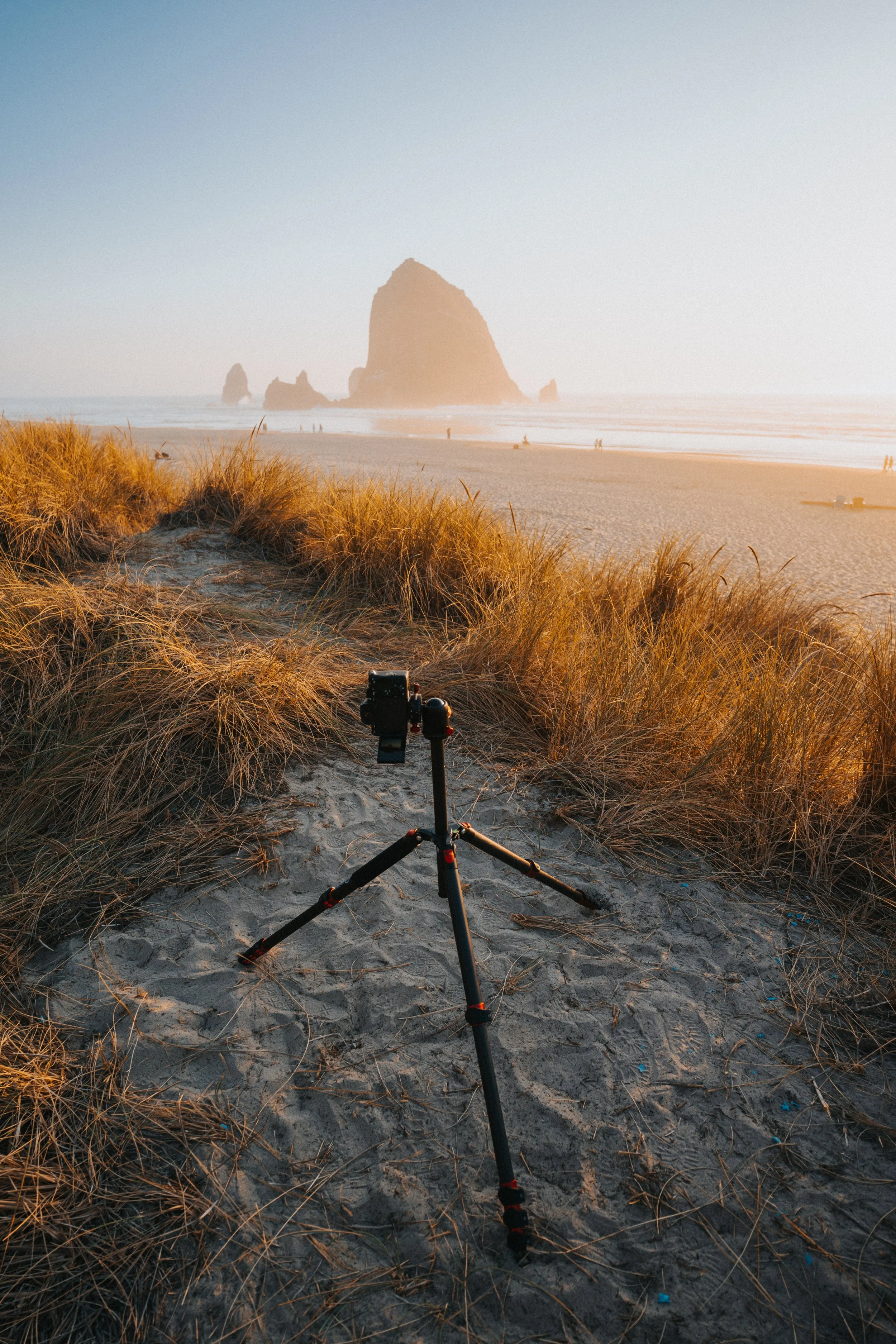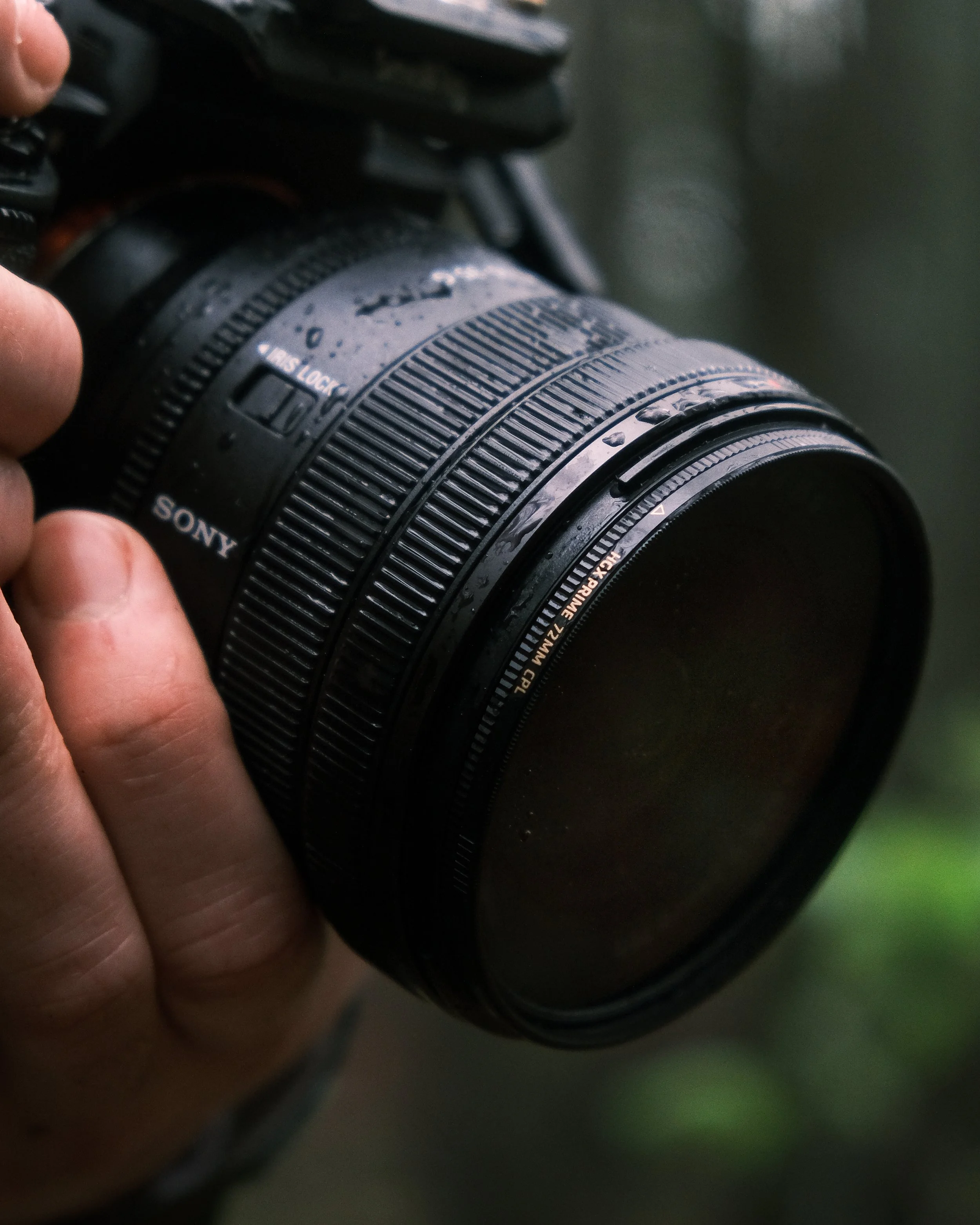
(UV) ULTRAVIOLET
FILTER
CONTROL COLOR
AT ALTITUDE
In circumstances where UV light is particularly strong, at especially at high altitudes, UV light can create an unnatural blush cast in your images or footage. High-cut UV filters block UV light, providing color correction so that your camera sees what your eyes see.
WHY USE A UV FILTER?
A UV (Ultraviolet) filter is used to eliminate the unnatural bluish cast UV light can create in your images or footage.
A UV filter can:
Block UV light so your camera sees the way your eyes see.
Cut UV at a low, medium, or high level (depending on the specific filter model).
Using a UV filter
Attach the UV filter to the front of your camera’s lens and leave it in place while it is needed. If your lens has a bayonet style hood, attach it as well to add further protection and to avoid flare.
How does a UV filter work?
UV light is below the visible light spectrum and cannot be seen by the human eye.
For film photography, most color films handle UV light well but may have some low amount of sensitivity to it. Adding a UV filter can further improve color rendition for some color films.
For digital cameras, their sensors are highly sensitive to UV light. Every digital camera, therefore, has a built-in UV blocking filter in front of its sensor. In most cases the built-in filter does a terrific job of preventing UV light from reaching the sensor and creating an unwanted color cast. However, in some unique circumstances where UV light is particularly strong, and especially at high altitudes, the camera’s sensor might not block all of it. In these cases a special high-cut UV filter can correct the situation. Using a UV filter which cuts UV light around 400 – 410 nm is ideal in these circumstances. Any UV filter that is weaker (cuts below 400 nm) will have no additional benefit beyond what the camera’s built-in filter is already doing.
UV Filter Nuts and Bolts
Nearly all types of glass inherently block some amount of UV light (at least at a low level). It is important to know where a filter actually “cuts” UV on the light transmission scale. Top quality UV filters use special glass and sometimes special coatings to achieve a high cut.
Some color films can benefit from a UV filter that cuts around 370 to 380 nm. Digital cameras typically require a high cut of at least 400 nm to realize a benefit.
Some UV filters use extra special coating formulas which go beyond image quality to add a repellency against dirt, water, oil, fingerprints, and even dust.
Some companies use the terms “UV filter” and “Protection filter” interchangeably. This is a bad idea, especially for digital cameras. A UV filter, especially with a high cut, is a specialty tool designed for specific situations. For everyday protection of your valuable lenses it is best to invest in top-quality Protection filters.







